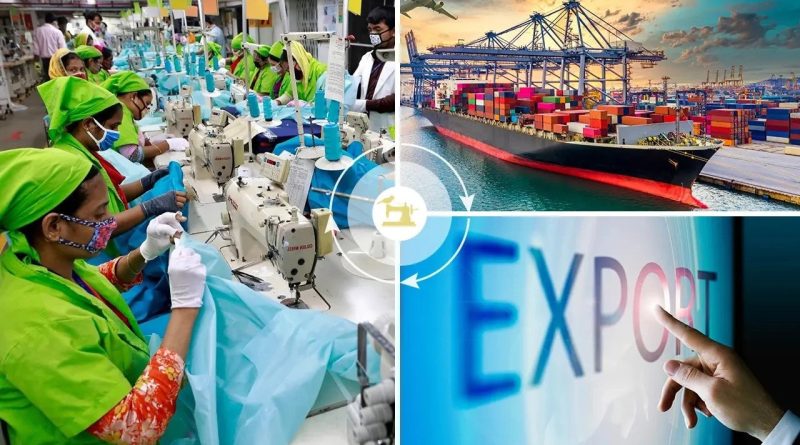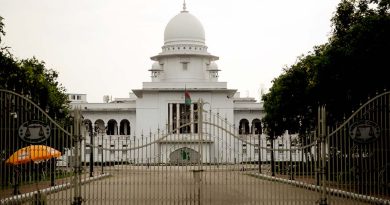Bangladesh’s readymade garment (RMG) exports to the United States, its largest single-country market, registered a strong 25.13 percent year-on-year growth in the first half of 2025, according to the latest data from the U.S. Department of Commerce.
The Office of Textiles and Apparel (OTEXA) reported Tuesday that Bangladesh exported garments worth $4.25 billion to the U.S. between January and June this year, up from $3.39 billion in the same period of 2024.
This growth outpaced the global average of 6.76 percent, placing Bangladesh ahead of major competitors—although Vietnam overtook China to become the top apparel exporter to the U.S. during the same period.
Export Volume Up Nearly 24%
In terms of volume, Bangladesh shipped 1.37 billion square meters of RMG products to the U.S. in the first six months of 2025, marking a 23.81 percent increase from 1.11 billion square meters a year earlier.
The U.S.’s overall apparel imports during the January–June period stood at $38.15 billion, up from $35.74 billion in the corresponding period of 2024, reflecting improved consumer demand and adjustments in sourcing strategies amid trade and tariff shifts.
Global Competitor Landscape
- Vietnam led the pack, exporting RMG goods worth $7.76 billion to the U.S.—an 18-percent increase.
- China, now in second place, exported $5.72 billion, experiencing a 16.14-percent decline year-on-year amid rising tariffs and geopolitical tensions.
- India reported a 16.26-percent growth, with shipments totaling $2.83 billion.
- Indonesia increased its exports by 18 percent to $2.25 billion.
- Cambodia saw a 24.29-percent rise, reaching $1.98 billion.
- Pakistan registered 11.22-percent growth to earn $1.10 billion from U.S. apparel sales.
Market Dynamics and Tariff Impact
Shovon Islam, Managing Director of Sparrow Group, a leading Bangladeshi exporter to the U.S., attributed the positive trend to growing market potential and shifting global supply chains.
“The U.S. is our largest and most promising market,” he said. “Despite facing a 20-percent tariff—higher than Vietnam’s 20 percent and India’s 25 percent—Bangladesh has managed to stay competitive.”
He noted that initial uncertainties over potential tariff hikes under the Trump administration had temporarily disrupted shipments. However, a clause allowing goods shipped to inland container depots by July 31 to be charged at the old rate prompted many exporters to expedite deliveries.
On July 7, President Trump announced a flat 35-percent tariff on Bangladeshi exports, but after negotiations, this was revised down to 20 percent, effective August 1.
Shifted Orders from China
Islam observed that many U.S. orders are shifting away from China, and while Vietnam has claimed a major share, Bangladesh is also benefiting.
“To seize these opportunities, Bangladesh needs stronger policy support,” he said. “That includes long-term export strategies, consistent energy supply, streamlined customs, and improved port efficiency.”
On the industry side, Islam stressed the importance of investing in research and development, innovation, automation, skill development, and a shift toward manmade fiber (MMF)-based garment production.
He noted that while Vietnam is not expanding its RMG capacity, India has launched strategic initiatives and subsidies to boost export growth.






